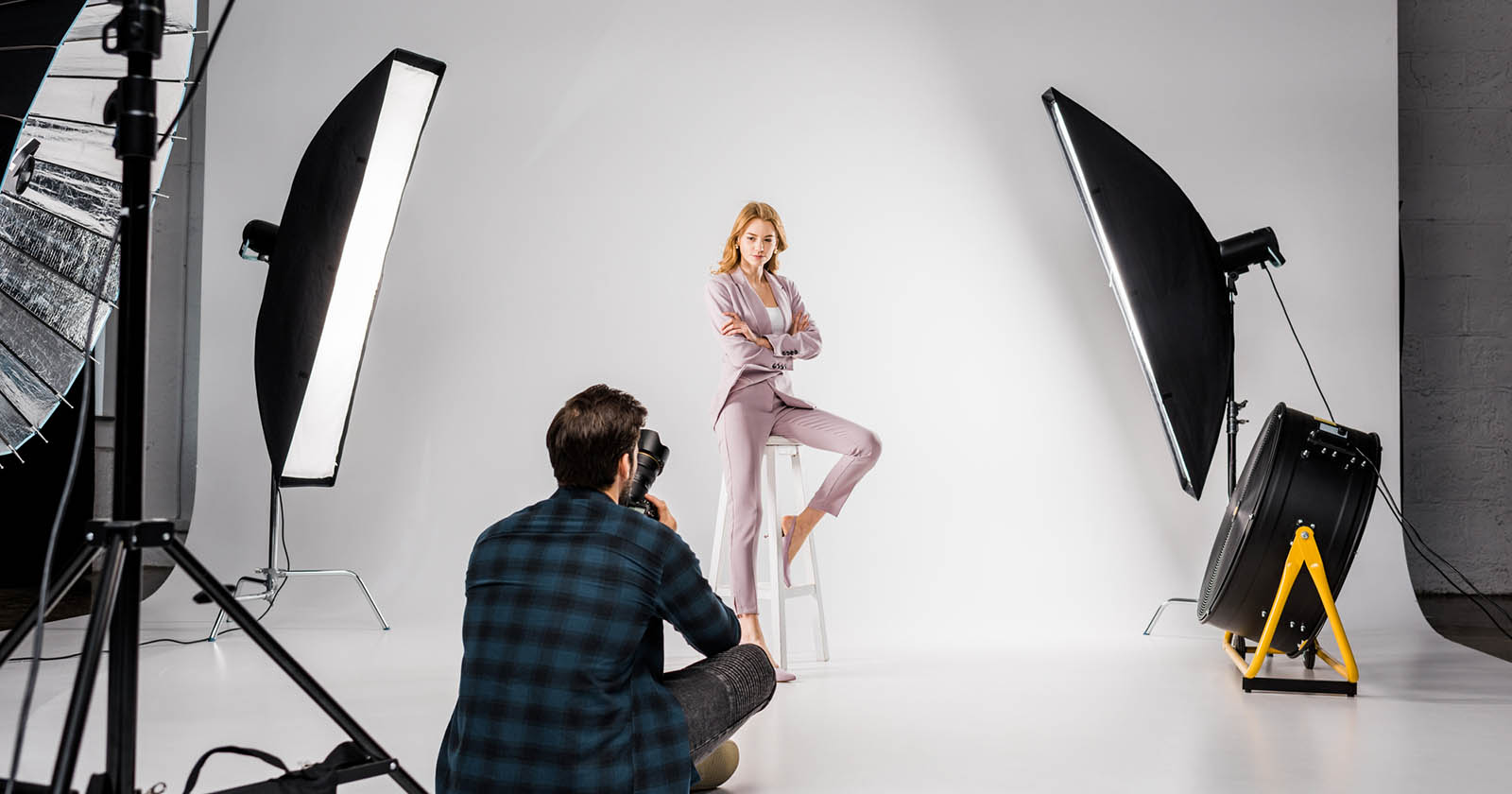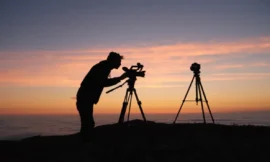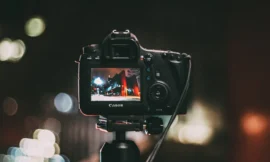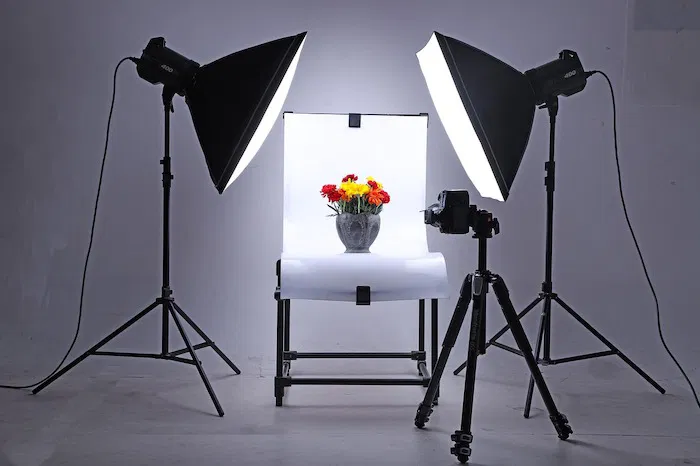
Understanding Photography Lighting: A Complete Guide
Lighting is the soul of photography. Whether you’re shooting portraits, products, or landscapes, light defines mood, depth, and detail. Mastering photography lighting can take your photos from ordinary to extraordinary.
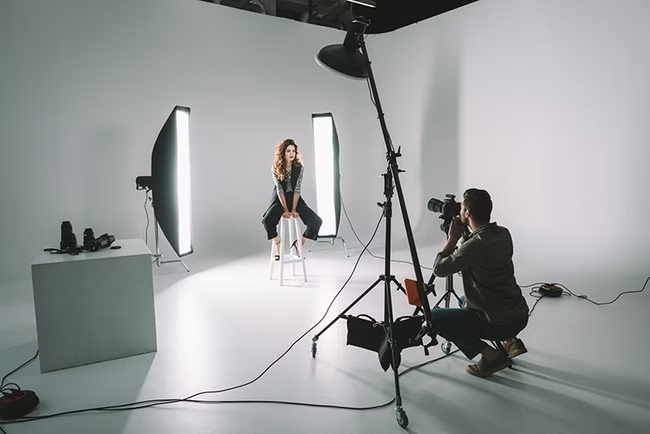
The Importance of Lighting in Photography
Light is more than just visibility—it’s a storytelling tool. Great lighting can emphasize emotions, create drama, and guide the viewer’s eye through a composition. Without proper lighting, even the best subjects fall flat.
Poor lighting can result in dull images, unwanted shadows, or loss of detail. But with the right lighting, you gain full control over the final image—contrast, color temperature, mood, and texture all bend to your creative will.This is especially critical in fields like Fashion photography UAE, where lighting dramatically shapes the visual impact.
Types of Photography Lighting (Natural vs. Artificial)
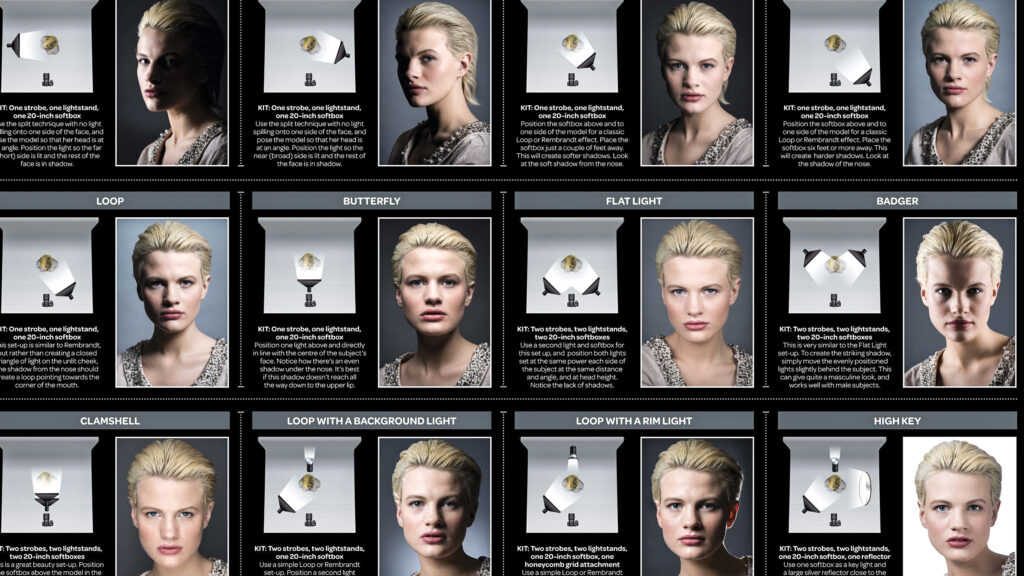
Natural Light Photography
Natural light photography uses sunlight as the main light source. It’s dynamic and free but can be unpredictable. Golden hour (shortly after sunrise or before sunset) offers soft, warm tones, while midday sun creates harsh shadows and high contrast.Many couples planning a pre wedding shoot Dubai prefer the golden hour for its magical glow.
Pros:
- Free and abundant
- Creates authentic, organic results
- Ideal for outdoor and lifestyle photography
Cons:
- Weather-dependent
- Difficult to control intensity and direction
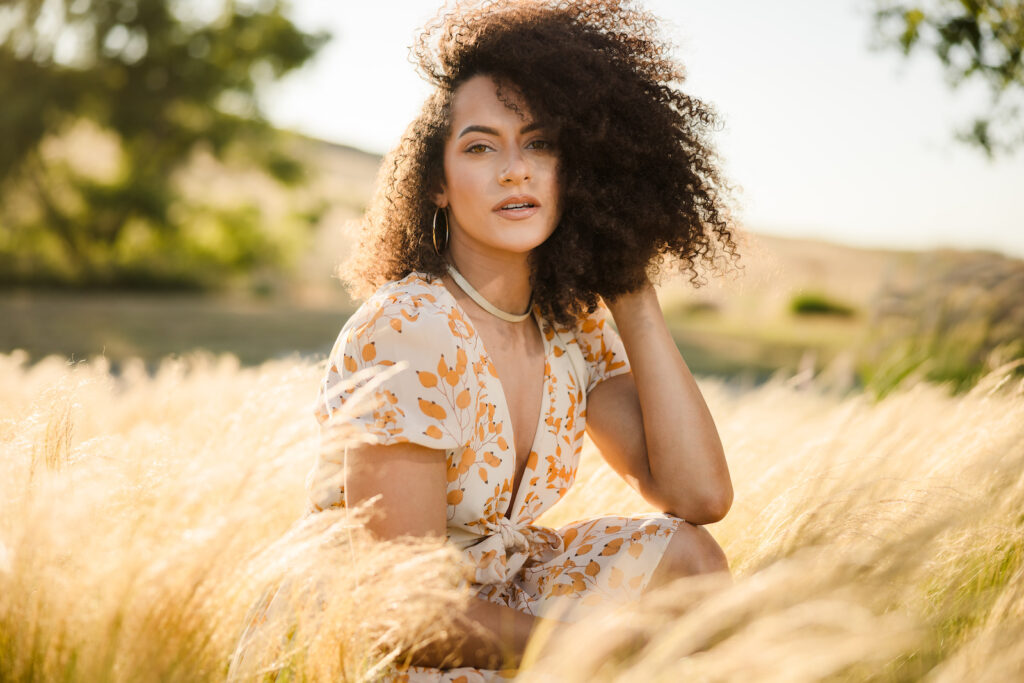
Artificial Light (Studio Lighting)
Studio lighting or artificial lighting includes any light source not from the sun—like flashes, strobes, continuous LED lights, etc. It’s reliable and controllable, making it essential for commercial and product photography.Whether you’re shooting in a home studio or planning a high-end shoot in Dubai, artificial lighting ensures consistency.
Pros:
- Full control over intensity, direction, and color
- Not affected by time of day or weather
- Repeatable results in studio settings
Cons:
- Expensive setup
- Requires more technical knowledge

How to Use Soft and Hard Light in Photos
Understanding the difference between soft light vs. hard light is key to shaping your subject.
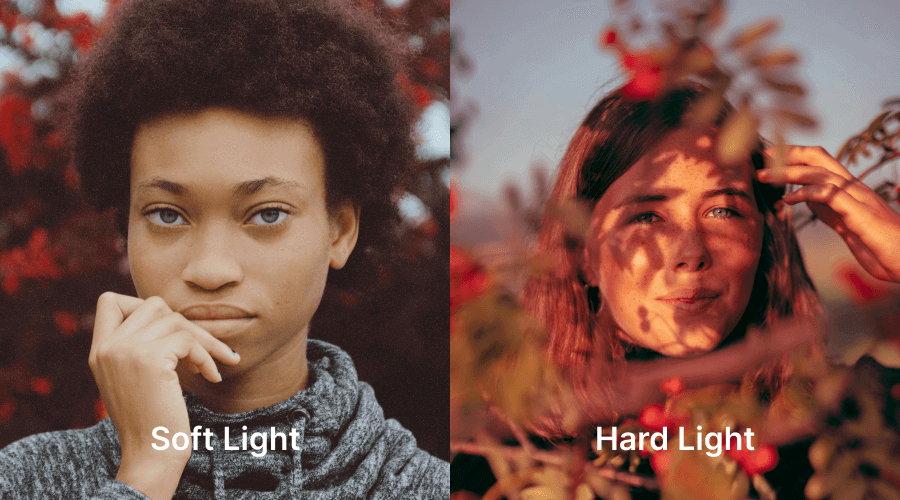
Soft Light
Soft light has gentle shadows and smooth transitions between highlights and dark areas. It’s flattering, making it ideal for portraits and skin tones.
Sources:
- Cloudy daylight
- Light through a softbox or umbrella
- Window light with sheer curtains
Use Soft Light for:
- Portraits
- Editorial shoots
- Product photography with minimal shadows
Hard Light
Hard light creates sharp, defined shadows and high contrast. It adds drama and reveals textures—great for emphasizing detail.It’s commonly used in stylized sessions like a desert photoshoot Dubai, where dramatic shadows enhance the setting
Sources:
- Direct sunlight
- Bare bulb flash or spotlight
Use Hard Light for:
- Fashion photography
- Black and white portraits
- Still life with texture emphasis
Studio vs. Outdoor Lighting: Pros and Cons
Each environment shapes how you use light.
Studio Lighting
Studio lighting provides complete control. You’re free from weather, can modify shadows, and replicate scenes easily.
Advantages:
- Stable and predictable
- Wide range of modifiers (softboxes, reflectors, etc.)
- Consistent results
Disadvantages:
- Less spontaneous
- Can feel artificial if not balanced well
Outdoor Lighting
Natural light photography outdoors adds realism and variety. You can use the environment as part of the storytelling. Many Dubai photographer price guides consider the time of day and location when quoting outdoor shoots due to lighting complexities
Advantages:
- More dynamic and vibrant
- Less equipment-heavy
- Natural surroundings add context
Disadvantages:
- Weather and time constraints
- Light changes quickly
- Difficult to control shadows
Best Lighting Equipment for Professional Photography
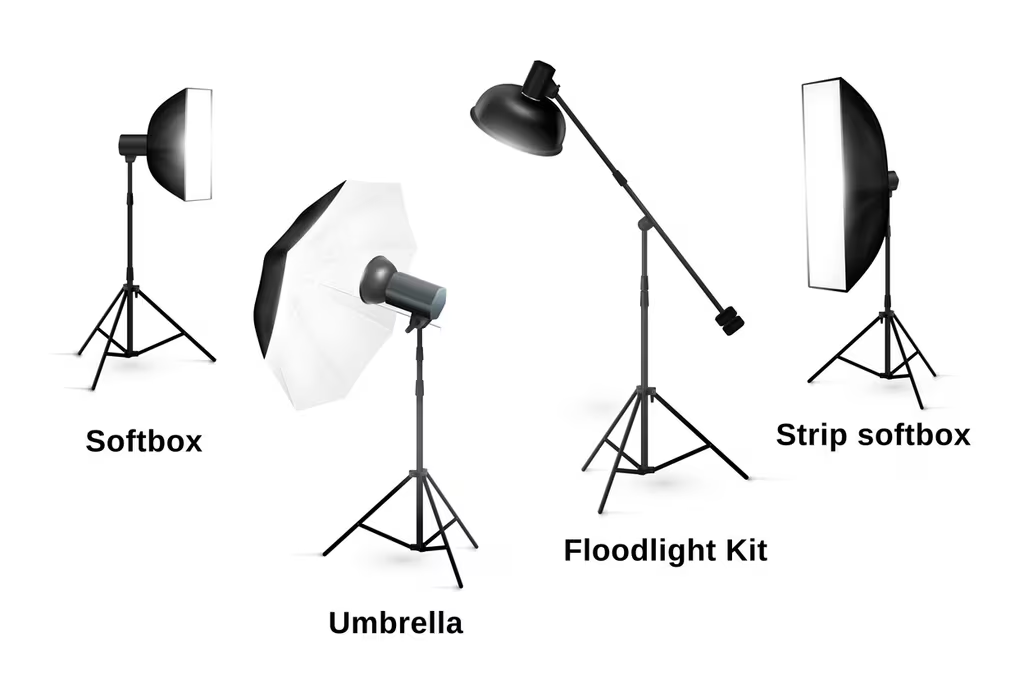
Professional lighting setups depend on your niche, but here are essentials for most situations:
1. Key Light
Main light source that defines the subject. In studios, this is often a strobe or LED.
2. Fill Light
Reduces shadows created by the key light. Can be a second light or a reflector.
3. Back Light (Rim Light)
Placed behind the subject to separate them from the background and add depth.
4. Modifiers
- Softboxes: Soften and diffuse light
- Umbrellas: Create broader soft light
- Reflectors: Bounce existing light
- Gels: Add color to light
5. Light Stands & Tripods
For stable and accurate placement.
6. Light Meter
Helps measure light for proper exposure.
Final Thoughts
Mastering lighting techniques is what separates amateur snapshots from professional imagery. Whether you’re chasing golden-hour portraits or setting up a multi-light studio shoot, understanding how to sculpt and control light will empower every shot you take.
Start simple. Use natural light and observe how it changes. Then explore modifiers and artificial setups. Over time, you’ll develop an instinct for what your scene needs—and light will become your most powerful creative tool.


